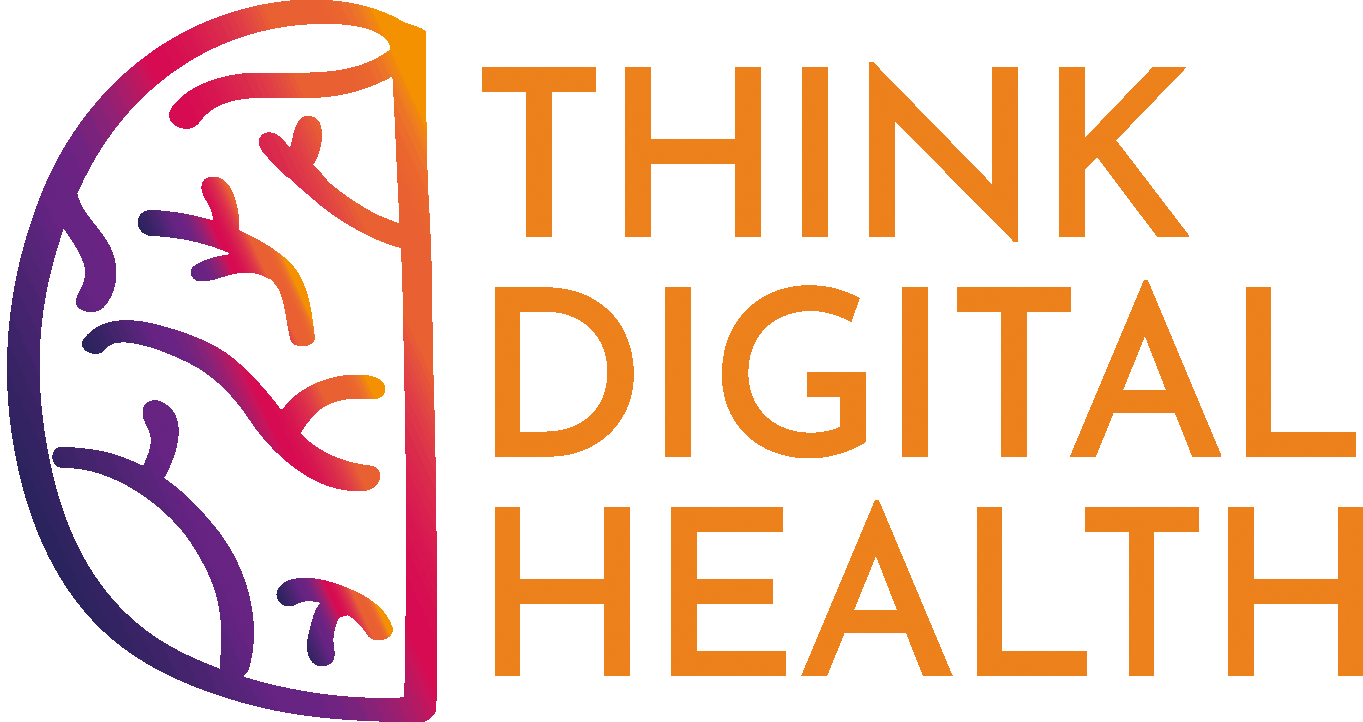Rethinking Digital Health
- Christy Cheung
- Jul 2, 2019
- 4 min read
Updated: Mar 2, 2021
As the saying goes, you don’t know what you don’t know. Throughout school, I found myself drawn to conferences, both relating to pharmacy and to digital health, and the reason was exactly that quote - to learn more of what I do not know.
Having recently come back from yet another health technology summit, “Reboot,” in Kelowna, British Columbia, I wanted to consolidate some of the takeaways I received from the speakers.
Titled “The Future of Personalized Medicine, Genomics, and Innovation,” this year’s summit featured topics such as big data analytics, artificial intelligence, and blockchain in genomics, not to mention a panel by patients themselves, who came to share their perspectives about personalized healthcare. The tremendous potential technology has within the healthcare industry is undeniable. I have seen, first-hand, many examples of the two disciplines working together to improve patient outcomes, and it gives me great excitement each time. What is often not discussed, however, are the barriers and challenges to the implementation of such technologies.
1. We know that in healthcare, we have a lot of data, but it is fragmented.
There was a lot of talk about interoperability at the conference. The term, “interoperability” refers to the ability for different systems to exchange, and to subsequently use, information. The HIMSS website describes interoperability in the health ecosystem as “health data exchange architectures and standards [that] allow relevant data to be shared effectively and securely across the complete spectrum of care.”
There is indeed growing adoption of technology by healthcare professionals and institutions, and because clinical information is handled by a multidisciplinary team, interoperability becomes especially important.
When we turn to the applications of interoperability in healthcare, we look at it as the ability to view patients’ health information in real time, with the confidence that it is the most up-to-date information. As many of us know, there is a multitude of electronic health record systems. Among the private, public, and non-profit sectors, organizations individually house repositories of data. And what about the data being generated from wearables like the FitBit or the Apple Watch? The problem that becomes apparent is that our data remain siloed.
At each point in the healthcare continuum, patients expect that the provider they are seeing has accurate and comprehensive health data about them, but that is usually not the case. At the Reboot Conference, one patient said that she found herself carrying a growing binder with her everywhere she went, whether it be to see her family physician, specialist, pharmacist, or any new clinician!
How, then, do we expect to properly care for our patients when the data in front of us are limited?
2. Who owns the data?
This very question gave rise to lively debates, and I admit, I left the conference more uncertain about this than before, but that is the nature of learning sometimes.
“Data is becoming a commodity”
Many institutions have realized that they can profit remarkably from patient data. The question then becomes, should those profits be shared with the patient? Or is it that the patient should be able to decide whether they want to sell their health data to a third party organization in the first place? What about a contractual approach, whereby the patient can negotiate the price of their data?
As these discussions went on, it became clear to me that the advancements we are seeing today are not exclusive to healthcare and technology; rather, their implementation hinges on social, cultural, and political constructs as well.
3. What good are the data we have if they are not actionable?
The fourth industrial revolution has been dubbed to be entirely powered by data, but there is a need to create actionable data. When we think of data, we think of electronic health records, a rich source of patient-specific data. Beyond that, data can come from genetic tests, billing information, eating habits, sleeping habits, and so forth.
But, data, without interpretation, mean nothing. Yet, there is a lack of individuals making sense of all the data we have.
In comes artificial intelligence and machine learning, whose algorithms are trained to perform a certain action. They do so from being exposed to data, searching for relationships and associations within the data, that allow them to eventually become skilled enough to make predictions, or whatever it is that we want them to do. The more data they are exposed to, the more accurate they will become.
It only makes sense to leverage artificial intelligence (AI) in the healthcare industry and it is no wonder many startups have started doing this. According to Accenture, the AI healthcare market is expected to reach $6.6 billion by 2021, but in reality, are we ready for this transformational phenomenon?
Do we have enough trained individuals who understand the implications of the data being fed into these algorithms, or do we need to educate current and future clinicians in data analytics?
Do we have the infrastructure to even handle such enormous amounts of data?
The reality is that AI is largely only at the operational stage, with the best use cases existing in areas such as supply chain management. These are only a few of the many considerations that came up at the conference, but it definitely leaves one racking their brains about the state of digital health in our societies today.
The takeaways may seem rather grim, but they are not meant to stand in the way of the digital health revolution. They are mere growing pains, but certainly ones that will require all of us, collectively, to push through.
Thank you for reading, as always!




Comments